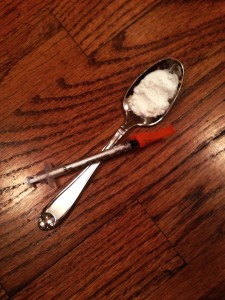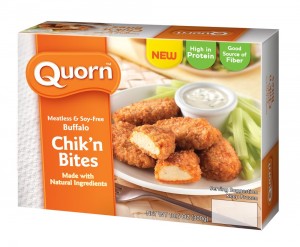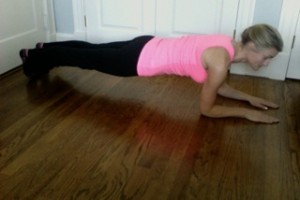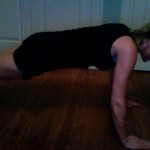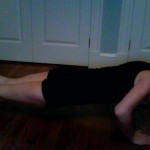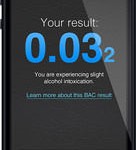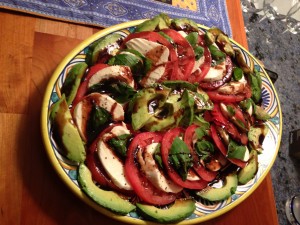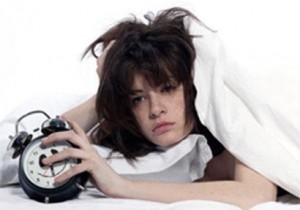Mostly I tackle topics from my readers (and I promise that I am going to start on those ASAP!) but I had a little experiment I was running myself that I wanted to share with you all. Eight weeks ago I had my amazingly beautiful baby girl, and in preparing for her birth, our new life together, I wanted to make sure that I was as ready as I could be for the challenges I was about to face, both mentally and physically. One of my biggest fears was postpartum depression, I have no idea why because I was not really at risk, but I wanted to limit my risks and ensure that the three months of maternity leave with my baby girl were the best possible three months for all of us, so I looked into taking placenta pills. It sounds gross, but it was one of the best decisions I made for post birth planning.
What is postpartum depression?
Postpartum depression effects around 11-20% of women annually (its around 600,000 in the US alone). It’s normal to have some mild symptoms of feeling sad, anxious, and mood swings after giving birth because you have so many hormonal changes going on in your body once that baby comes out, and it should stabilize in a few days to week or so after birth. Postpartum depression lasts longer than two weeks and can have more extreme symptoms of: severe mood swings, severe anxiety (anxiety attacks), excessive crying, inability to bond with your baby, inability to sleep, lack of eating, irritability and anger, feelings of worthlessness, a lack of enjoyment in activities you used to like, and more severely thoughts of harming yourself, your baby, or suicide. If you ever have any thoughts of harming yourself, your baby, or others, please call your local emergency services immediately (911 in the US). These symptoms can last a few months, and even longer.
Can anything increase my risk?
Unfortunately, because of a lack of sleep during labor (possibly) and after having the baby, along with hormone changes, every woman has a risk of falling prey to postpartum depression. There are a few factors that may increase your risk of postpartum depression such as:
– Family/personal history of depression
– Previous postpartum depression
– Stressful events during pregnancy: illness, loss of job, change in relationship, or pregnancy complications
– Health problems with your newborn (including colic)
– Difficulty breastfeeding
– Lack of support from partner/friends/family postpartum
How can I prevent it?
Having a baby is not easy, and it is an amazing experience, but you need support of others to help support you, and if you don’t have that support to keep you and your baby healthy, you can easily fall into a depression. Being aware of the signs of depression, as well as having supporters that are also aware of your needs and the signs of postpartum depression is key. Sometimes you need to just get a few minutes to yourself or nap, and it can make you feel like a new person, so having someone who can help you to get you some time alone, when you know your baby is safe and being cared for, is key. But there is another thing you can try: placenta pills.
What are Placenta Pills?
Placenta pills (encapsulation) are a bit controversial in the medical world, but animals, tribeswomen, and now celebrities alike all eat their placenta in some form. The placenta is the organ that forms for your baby to live and grow inside of your uterus, and it is delivered after the baby. The placenta is filled with your own hormones, iron, and other nutrients, so ingesting it help to gently lower your oxytocin hormone levels, thus decreasing the risk of postpartum depression, mood swings, and insomnia related to abrupt hormone changes, and it can even release a hormone that helps to reduce stress. Placenta pills can also help to increase your energy levels and increase breast milk quantity by supplying optimal nutrients to support it, including replacing your iron lost through the birthing process. You can eat your placenta raw, cooked, or encapsulated in pill form; whichever makes you most comfortable.
What’s the science?
So, there really is no research to support placenta pills either as beneficial or detrimental to your health. As a practice throughout the animal kingdom and since the beginning of man, essentially, which is still practiced in rural tribes throughout the world, it truly cannot seem harmful and I felt that it could only be helpful.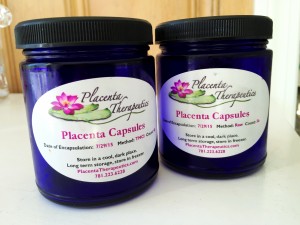
My experience: I worked with Kristin Lynch of Placenta Therapeutics to help encapsulate my placenta. We discussed various options for the encapsulation process (the placenta can be encapsulated raw or steamed) and the benefits of each process, and she helped to walk me through it, along with the dose of the pills. I had her make half raw and half steamed pills, so that I could slowly wean down my hormone levels to normal. Once I got over the fact that I was ingesting one of my own organs, the results were amazing: I had absolutely no signs of postpartum depression, my milk came in right away (and I have actually been an over producer of milk), I’ve had energy (much more than other postpartum women that I have seen), and my sleeping has been great (I admit it helps that my baby is a fabulous little sleeper and eater). I truly believe that the placenta pills helped to calm me and stabilize my hormones throughout this postpartum time; I normally react to my own hormonal changes (I get very crabby monthly) but I really had minimal, if any, changes/reactions after giving birth. Kristin was amazing and checked in on me to make sure I was feeling well and she was available to answer any questions I had, but there were no issues, the pills were a complete success.
I would highly recommend anyone to try the encapsulation, especially if you have had issues with postpartum depression previously, or if you are at risk, to try to prevent it. It cannot harm you, as long as you handle the placenta appropriately (if you have certain infections, or an abnormal placenta you might not be able to use it for encapsulation). If you are in the greater MA area, I highly suggest Kristin Lynch at Placenta Therapeutics (I was in no way given any goods/services for free, I just really think she is amazing), but look here for encapsulation services by reputable services (i.e. they follow blood-born pathogen protocols and ensure that your placenta isn’t exposed to anything infectious!)
Yours in good health
B

